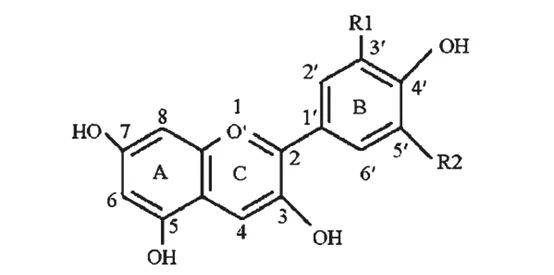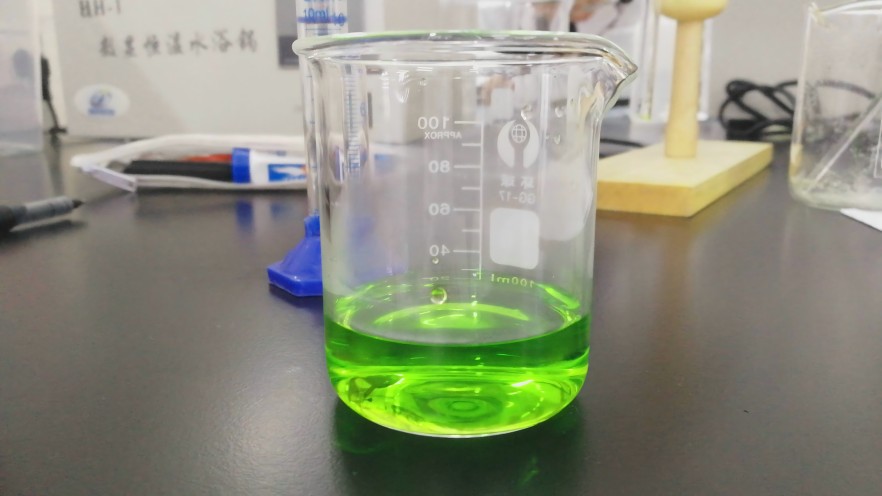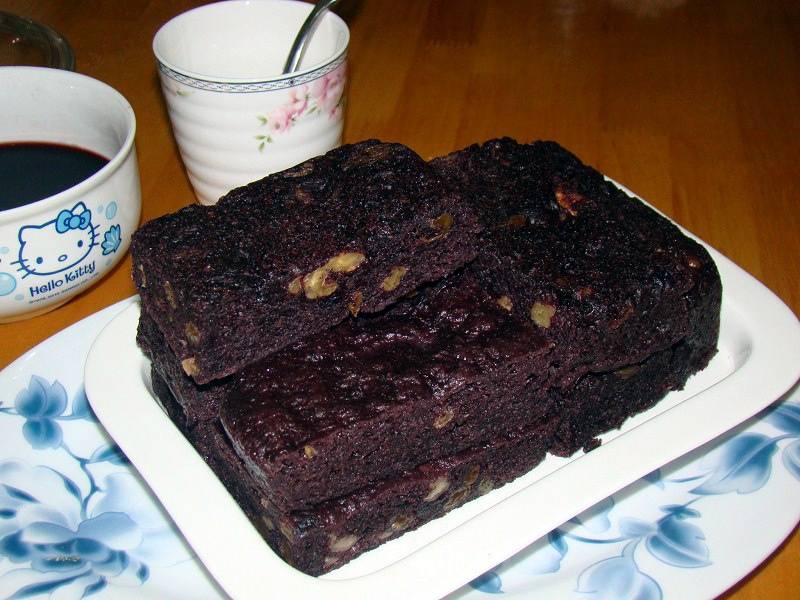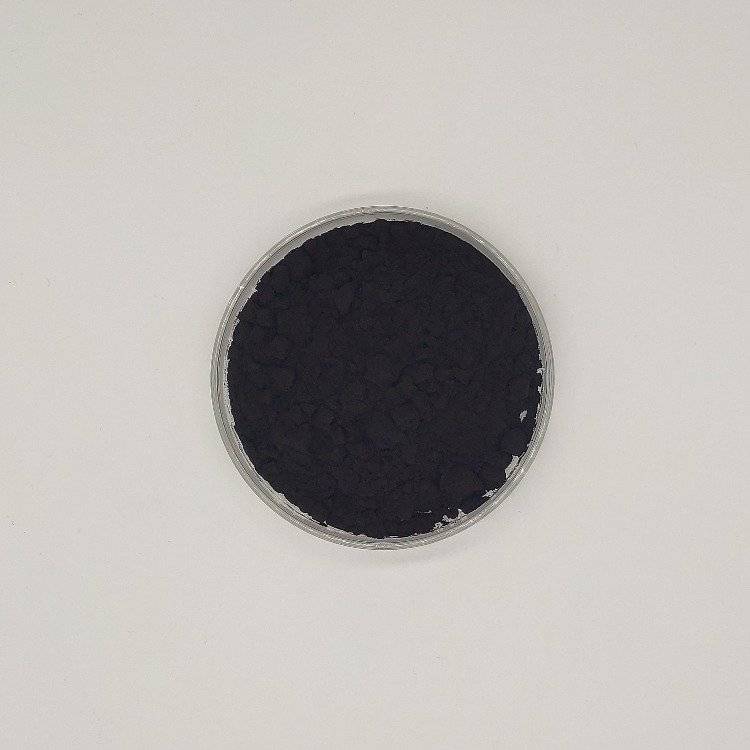Stabilized Black Rice Anthocyanin Ingredients Empower Food Innovation
Black rice アントシアニン are a class of natural flavonoid compounds widely present in the seed coat, stems, and leaves of black rice。 Formed by the combination of anthocyanins with various sugars, they not only give black rice its deep purple or dark purple hues but have also been found to possess remarkable physiological activity and application potential. As consumer concerns about the safety of synthetic colorants grow, natural, healthy, and functional colorants have become a key development direction in the food industry.
Research indicates that beyond imparting vivid, stable coloration to foods, black rice anthocyanins hold broad prospects in functional foods, beverages, and health supplements. Consequently, black rice has evolved from a traditional grain into a high-value-added health ingredient, with market demand steadily increasing.
グリーン春 Technology leverages advanced extraction and purification techniques to standardize and scale the production of black rice anthocyanins. We drive innovative applications of this natural pigment in the food industry, providing safe, high-quality, and stable natural pigment solutions. Learn More About Our One-Stop Standardized Black Rice Extract Ingredients Solutions.
1 New Advances in Black Rice Anthocyanin Component Research: Diverse Components Grant Unique Product Advantages
As a natural pigment, black rice anthocyanins are glycoside compounds formed by anthocyanins binding with various monosaccharides, typically coexisting as multiple components. Recent studies analyzing extracts from different black rice varieties and parts (such as husks and brown rice) have progressively revealed the complex composition and high nutritional value of black rice anthocyanins, providing scientific basis for developing related health products.
Research indicates that black rice anthocyanins primarily comprise active components such as cyanidin-3-glucoside, paeoniflorin-3-glucoside, pelargonidin-3,5-diglucoside, malvidin, and their respective glycosides. Among these, cyanidin-3-glucoside has been identified as the predominant component in multiple varieties, accounting for over 90% of the content and significantly enhancing the antioxidant and physiological activity of black rice extracts. Furthermore, the anthocyanin composition varies across different black rice varieties due to genetic backgrounds and extraction sites. For instance, specific varieties also contain unique components such as cyanidin-3-rhamnoside, paeoniflorin-3-rhamnoside, reflecting the chemical diversity of black rice resources.
Currently, researchers have employed modern analytical techniques such as paper chromatography, high-performance liquid chromatography (HPLC), liquid chromatography-mass spectrometry (LC-MS), and capillary electrophoresis to achieve precise qualitative and quantitative analysis of black rice anthocyanins. This lays the foundation for further standardizing extraction processes and enhancing product consistency.
In summary, black rice anthocyanins not only boast rich composition and well-defined functions but also exhibit strong variety specificity and application flexibility, making them widely applicable in food, health supplements, and cosmetics. Looking ahead, as consumer demand for natural, health-promoting products continues to grow, black rice anthocyanins and their derivatives are poised to enjoy broader market prospects. Currently, systematic comparisons of anthocyanin profiles across different black rice varieties and subsequent product development present significant opportunities warranting joint attention from industry and research communities.

2 New Advances in Research on the Health Support Potential of Black Rice Anthocyanin Extracts
Black rice extracts, rich in natural anthocyanin bioactive compounds, have garnered significant attention in recent years due to their diverse physiological support functions. Multiple studies using in vitro and animal model experiments have demonstrated the positive potential of black rice anthocyanins in enhancing physical endurance, regulating lipid metabolism, and improving obesity-related indicators.
Experimental results indicate that black rice extracts help improve physical endurance and support lipid metabolism health to a certain extent. Research also reveals that black rice anthocyanins possess strong in vitro antioxidant activity, effectively scavenging free radicals. Their efficacy rivals that of known active ingredient combinations, demonstrating promising potential for in vitro antioxidant and soothing effects. These characteristics position black rice anthocyanins for broad application in health supplements and functional foods.
Comparative studies further indicate that black rice, particularly colored varieties like purple-black rice, contains significantly higher levels of bioactive compounds in its pericarp and seed coat compared to white rice. These components show a strong positive correlation with the overall antioxidant capacity of black rice, suggesting that anthocyanins and flavonoids form the key foundation for its health-supporting effects.
Additionally, black rice and its products can serve as a supplementary source of minerals like iron in daily diets. Currently, most related research remains in vitro and animal experimental stages. Further exploration is needed to determine whether specific components of black rice anthocyanins play a dominant role or if multiple components act synergistically.

In summary, black rice anthocyanin extracts are natural, multifunctional compounds with excellent development value and market application potential, suitable for use in daily dietary supplements and functional food formulations.
3 グリーン春 Technology Black Rice Anthocyanins: Forging Highly Stable, High-Activity Natural Products Through Cutting-Edge Purification Processes
The extraction and purification of black rice anthocyanins are critical steps determining product quality. Leveraging years of R&D expertise, Green Spring Technology has deeply integrated extraction, purification, and stabilization technologies to create black rice anthocyanin products with leading purity and exceptional performance, providing high-quality natural ingredients for the food and health supplement industries.
During extraction, Green Spring employs precise temperature-controlled dynamic percolation and ultrasonic cell disruption technology. This process utilizes optimal solid-liquid ratios and food-grade ethanol solvents for efficient extraction at low temperatures (40-50°C). This method significantly enhances extraction efficiency while effectively preventing high-temperature degradation of anthocyanin activity, ensuring the integrity of the raw material's natural structure and functionality.
Purity stands as Green Spring's core technological strength. The company employs a multi-stage macroporous resin chromatography system, utilizing premium resins such as AB-8 and NKA-II. Through precise control of column pH, flow rate, and elution parameters, sugars, organic acids, and other impurities are efficiently removed. This achieves an anthocyanin purity exceeding 23.7% and a stable color value consistently above 83—far surpassing national standards—with strong batch-to-batch consistency.
Addressing the industry challenge of anthocyanin susceptibility to light, heat, and pH, Green Spring innovatively introduced composite stabilization technology. Through synergistic auxiliary colorants, microencapsulation, and low-temperature spray drying processes, this technology significantly enhances color retention and activity during processing and storage, extends shelf life, and broadens application scenarios.

Green Spring's black rice anthocyanin products not only boast high purity, high color value, and outstanding stability, but also achieve fully green and controllable production from raw materials to finished goods. This meets modern market demands for natural, healthy, and sustainable core ingredients. Moving forward, Green Spring will continue optimizing processes and driving application innovations to advance the deep integration of black rice anthocyanins in functional foods, health beverages, and other sectors.
4 New Benchmarks in Natural Pigments: Green Spring Technology's Black Rice Anthocyanins Empower Health Industry Innovation
As a natural, safe, and vibrantly colored food ingredient, black rice anthocyanins are increasingly favored by the food, health supplement, and cosmetics industries. They not only impart stable, vivid coloration to products but also offer excellent nutritional properties. Widely used in beverages, dairy products, baked goods, dietary supplements, and skincare, they meet modern consumers' demand for “clean label” and natural health products.
Green Spring Technology leverages proprietary extraction and purification processes to deliver high-purity, highly stable black rice anthocyanin products. Our precision low-temperature extraction and multi-layer resin purification technology effectively preserves anthocyanin activity. The products feature high color value, excellent solubility, and strong batch consistency, far exceeding national standards to provide customers with reliable and efficient natural pigment solutions.
Green Spring Technology remains dedicated to the research, development, and industrialization of plant-based active ingredients. By integrating R&D, production, and sales, we maintain a comprehensive quality control system and continually innovate. We are committed to collaborating with clients to develop innovative application solutions that align with market trends, driving product upgrades and value enhancements.
For further product details or partnership inquiries, please contact us at helen@greenspringbio.com or WhatsApp: +86 13649243917. Green Spring Technology looks forward to joining hands with you to create a healthier future!
参照:
[1] wu sanqiao, shi suixiao, ding rui, et al。黒米中のアントシアニン色素の決定法に関する研究[j]。アミノ酸生物資源、以後、24(3):クオーター終盤てしまった。
[2] wang feng, deng jiehong, tan xinghe, et al。アントシアニンとその共色効果の研究[j]。2008年(平成20年)4月29日:772 - 776。
【3】郭弘輝、凌文華。黒米アントシアニンの研究成果[j]。^ a b c d e f g h『日本の歴史』第29巻第3号、134 -135頁。
[4] zeng kui, huang bin, wang jie, et al。黒米からの黒色素の抽出と精製[j]。2006年(平成18年):307 -307号。
[5] 鍾岩、李澤洪、邵明甫。黒米色素の抽出法と安定性に関する研究[j]。^北村(2008)、71-73頁。
【6】曹暁勇、李信生。黒米におけるアントシアニン色素の研究状況と展望[j]。amino acids and biological resources, 2002, 24(1): 3-6。
【7】仲立羽、胡秋林。黒米色素の分子構造解析[j]。^ a b c d e f g h『日本の歴史』、1996年、26-35頁。
[8]蘇金纬路。黒米色素の抽出と成分分析[j]。日本農林大学紀要1999,28(2):22-26。
[9] xia xiaodong, ling wenhua, zheng lin, et al。hplcによる黒米ぬかエキス中のアントシアニン成分および含有量の測定[j]。2006年(平成18年)3月27日:206-208系統を廃止。


 英語
英語 フランス
フランス スペイン
スペイン ロシア
ロシア 韓国
韓国 日本
日本




